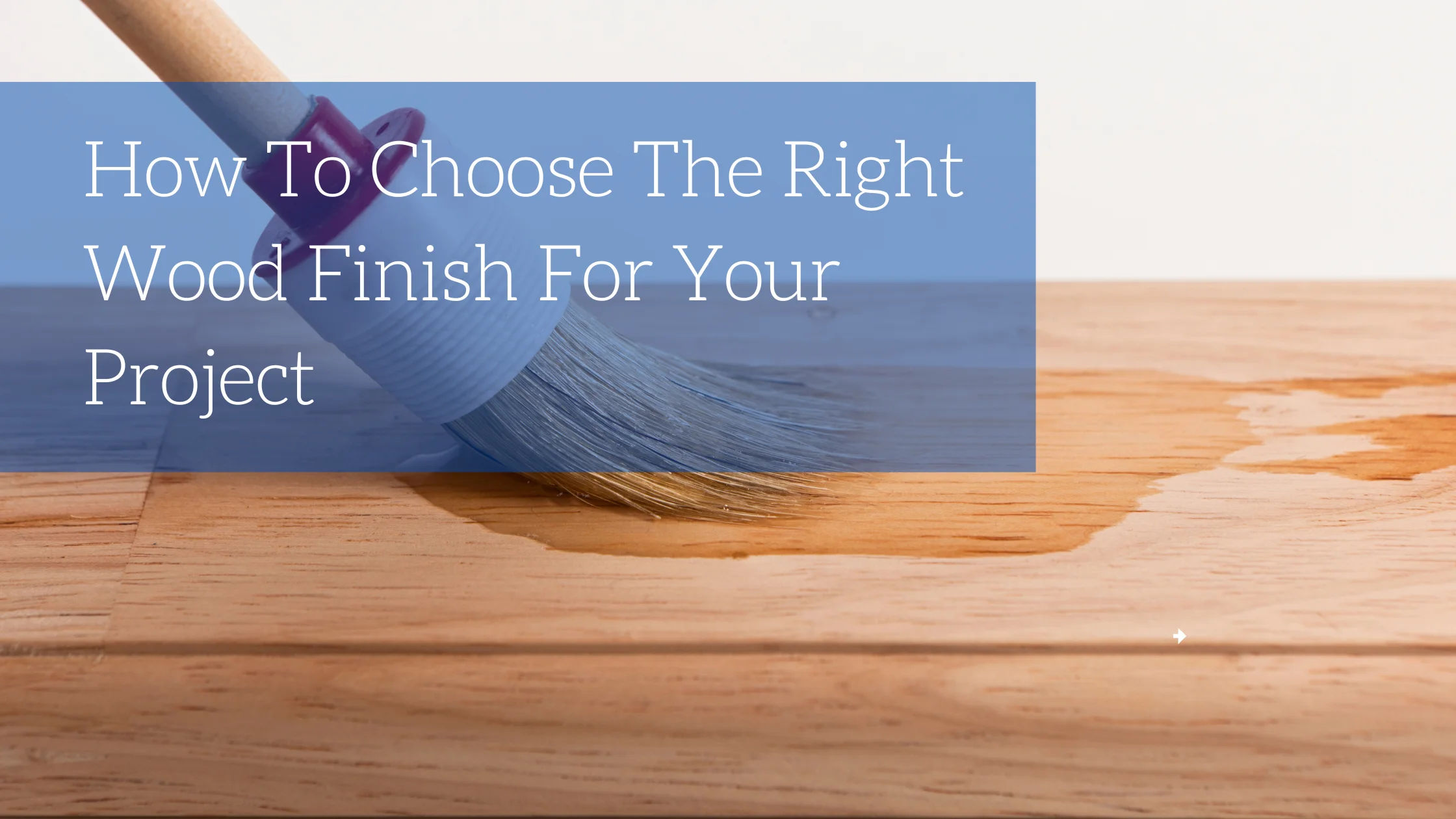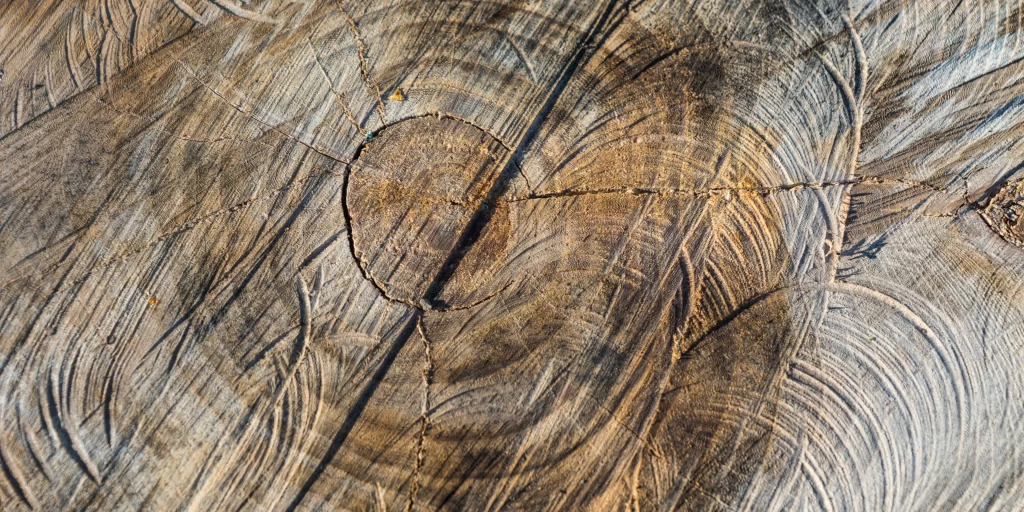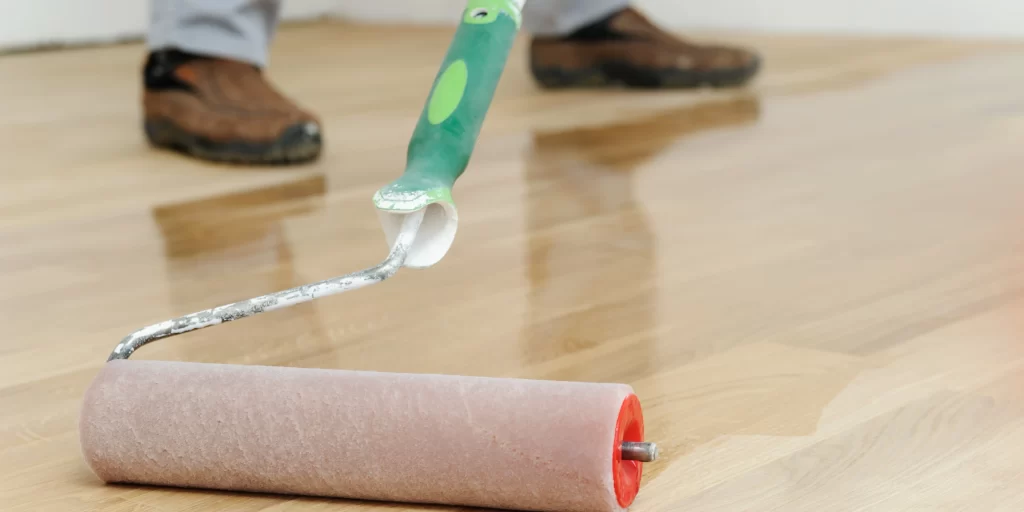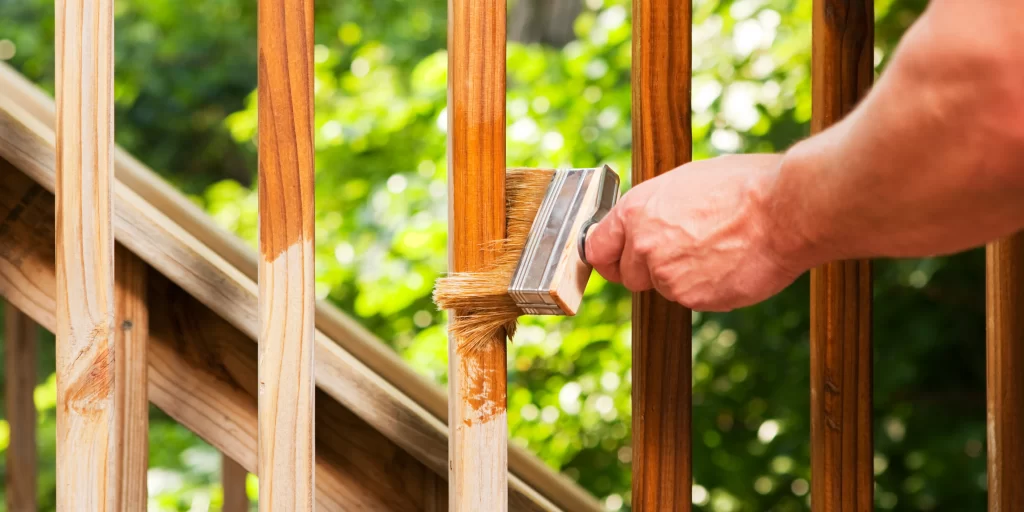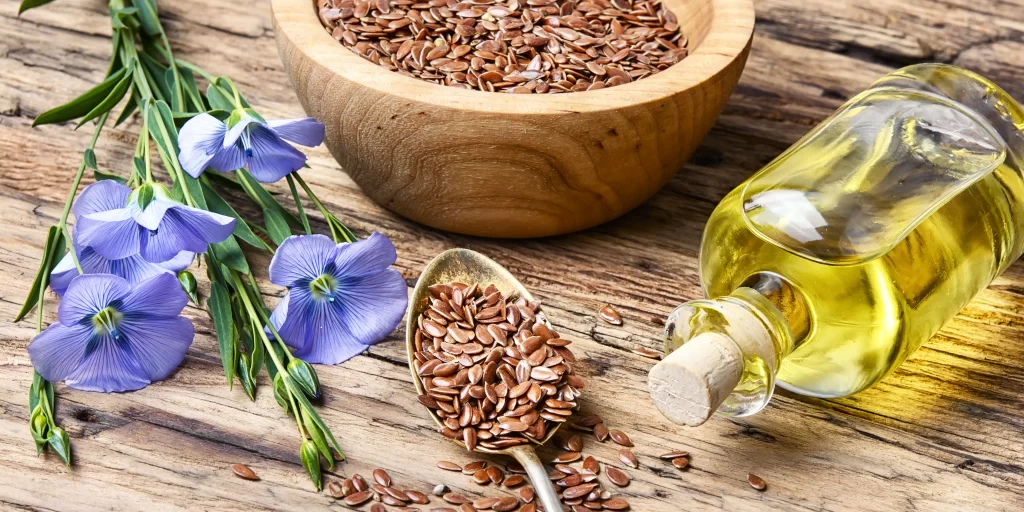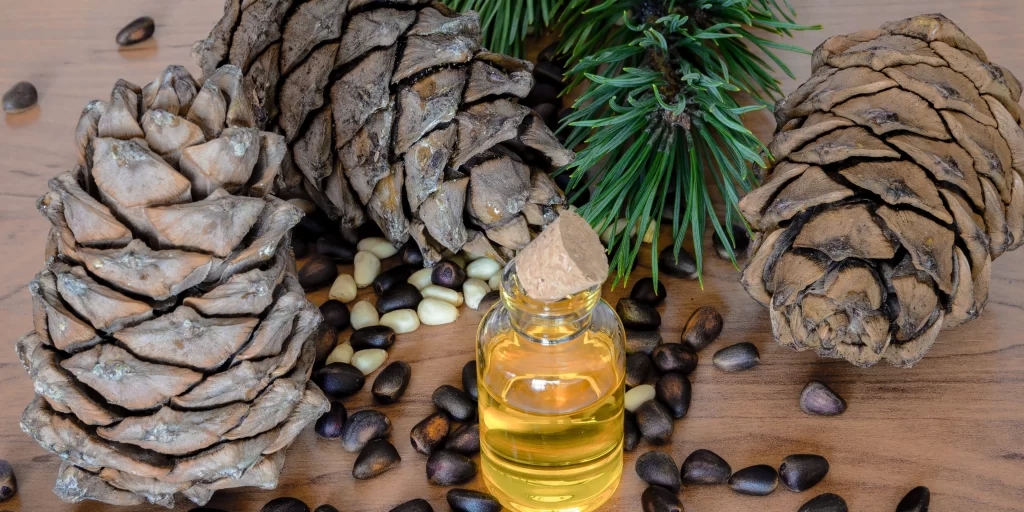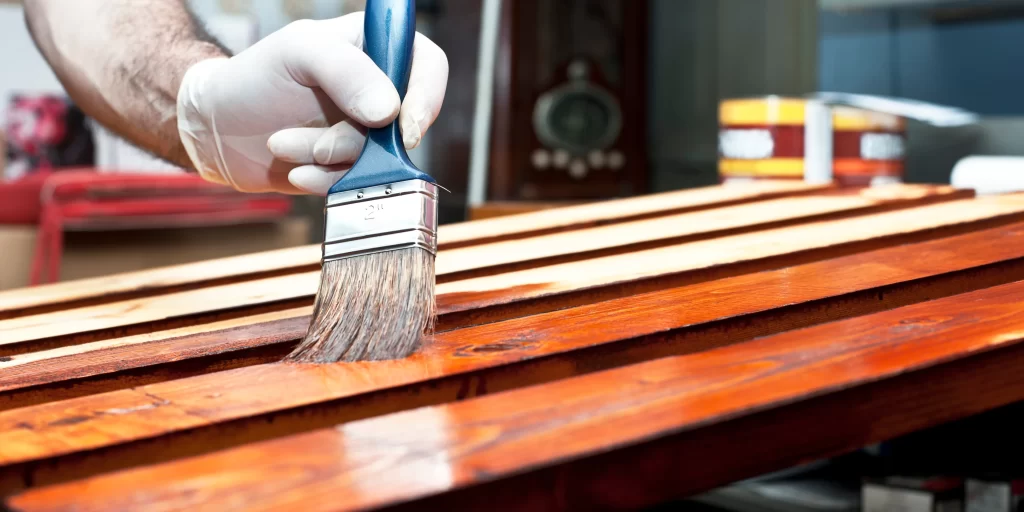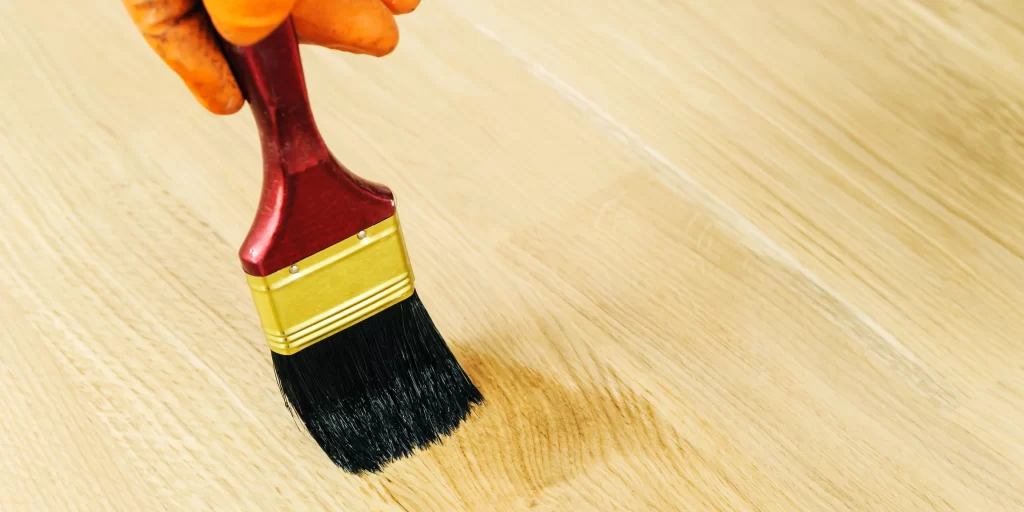What Factors Do You Need to Consider When Choosing Wood Finishes?
Wood Type
Wood Finish Durability
Your Budget
Ease of use
Level of expertise
The drying time of the finish
Environmental impact
The health hazards associated with the product
Exposure to high humidity and direct sunlight
What Are the Different Types of Wood Finishes Available on the Market?
Penetrating Finishes
Linseed oil:
Linseed oil is a penetrating finish that is derived from flax seeds. It has been used for centuries as a wood finish and as a protective coating for metal. Linseed oil penetrates deep into the pores of the wood, providing a durable and protective finish. It also has excellent water-repellent properties, making it ideal for use in outdoor applications. In addition, this oil is one of the best eco-friendly oil-based alternatives to synthetic finishes, as it is biodegradable and does not emit harmful chemicals into the environment.
Tung oil:
Tung oil is made from the oil of the tung tree, which is native to China and other parts of Asia. This oil is prized for its ability to penetrate wood finishes and create a durable, water-resistant surface. It is often used on boat hulls and other wood surfaces that are exposed to harsh weather conditions. Tung oil can be applied by hand or with a brush, and it dries quickly to a hard, shiny finish.
Danish oil is a surface finish that consists of a mixture of polymerized linseed oil and varnish. It is often used on bare wood to provide a natural-looking, matte finish. This type of oil penetrates deeply into the wood grain, giving it a rich, lustrous appearance. Unlike wood finishes such as varnish or lacquer, Danish oil does not require sanding between coats and can be applied directly to bare wood.
While it is more time-consuming to apply than other finishes, this oil provides a durable, beautiful finish that will last for years to come.
Cedar Oil:
If you’re looking for a wood finish that will really show off the natural beauty of your wood furniture, cedar oil is a great option. It penetrates deep into the wood, bringing out the grain and giving the wood a warm, rich glow. In addition, cedar oil provides excellent protection against water and UV damage. As a result, your wood furniture will look great for years to come.
Surface Finishes
When it comes to woodworking, the surface finish is just as important as the wood itself. A good finish can make all the difference in the look and feel of a piece, and it can also help to protect the wood from damage. There are a variety of different surface finishes available, each with their own advantages and disadvantages.
- Wax
Wax finishes are one of the easiest ways to protect furniture from abrasion and wear. They can be applied quickly and easily, and they offer good protection against scratches and scuffs. However, wax finishes are not particularly durable and will need to be reapplied fairly often. They can also become dull over time, and may need to be buffed to restore their sheen. This type of finish is available in a variety of formulations, including cream waxes, liquid waxes, and paste waxes. All of them can be applied with a cloth, brush, or even spray.
Shellac wood finish can give wooden objects a beautiful shine, but it is not very durable and can be dissolved by water and solvents like alcohol. Nevertheless, it can be an excellent choice for outdoor furniture and artifacts that will be protected from the elements. Shellac has a rich color that ranges from super blonde to a rich orange, and it accentuates the natural grain of the wood. It is also easy to apply with clog spray equipment. However, brushing can be difficult, so it is best to use a badger hair brush.
- Varnish
Polyurethane is an excellent way to protect your wood surfaces from water damage and wear and tear. It is also ideal for enhancing the natural appearance of wood, as it offers a warm, amber tone. However, one downside of polyurethane is that it can be difficult to repair if it becomes damaged. If you choose to use polyurethane on your cabinets, doors, furniture, or floors, be sure to use a natural bristle brush for best results. You can also choose between satin and high-gloss finishes to achieve the perfect look for your home.
- Stain
Stains are an essential part of wood finishing. They consist of a pigment, a carrier, and binder. The pigment provides color, while the carrier helps insert the pigment into the surface. The binder makes it all stick together. There are different types of stains for different wood finishes. Some wood stains are more durable than others, and some are better for indoor or outdoor use. Experimenting with different stains is a great way to find the perfect one for your project.
- Lacquer
When it comes to surface finishes, lacquer is one of the shiniest and most durable. It’s made from a combination of different finishes, like shellac, nitrocellulose, and urushiol. During drying, the solvent evaporates, leaving behind a durable and shiny coating. To apply lacquer, you’ll need a natural bristle brush or a sprayer. Only two coats are quite enough to give your wood that sheen you’re looking for.
- Water-based finishes
Water-based wood finishes have become increasingly popular in recent years, due to their quick drying time. Water helps to open up the wood grain and allows the finish to penetrate deeper into the wood.
And because water-based wood finishes dry quickly, they are ideal for use on decorative furniture and hardwood floors. So if you’re looking for a natural-looking finish with a milky sheen, be sure to give water-based finishes a try.
When it comes to wood finishes, there are a lot of different factors you need to consider. With so many options available on the market, it can be hard to decide which is right for your project. We hope this article has given you a better understanding of the different types of wood finishes available and how to choose the right one for your needs.


